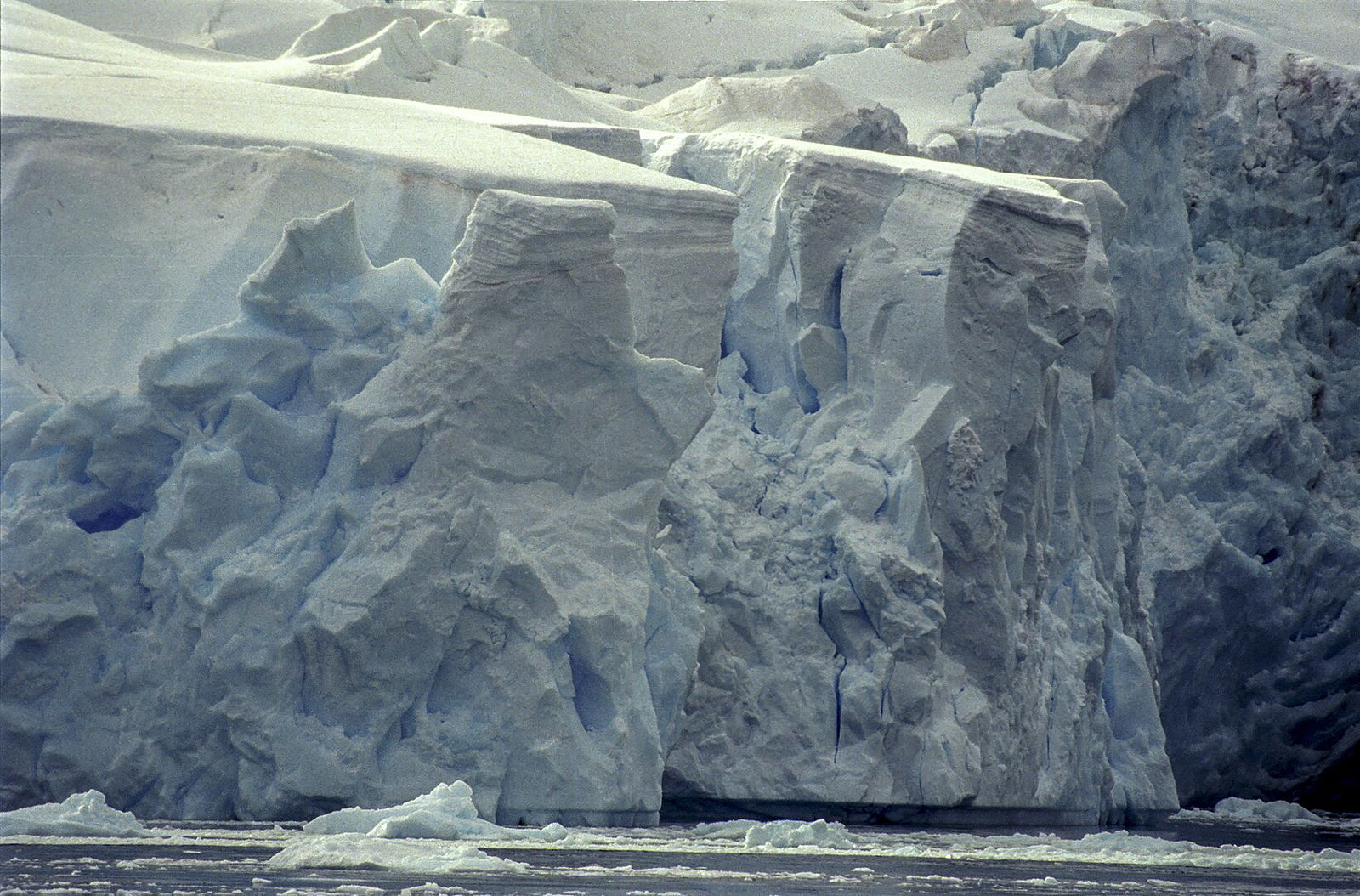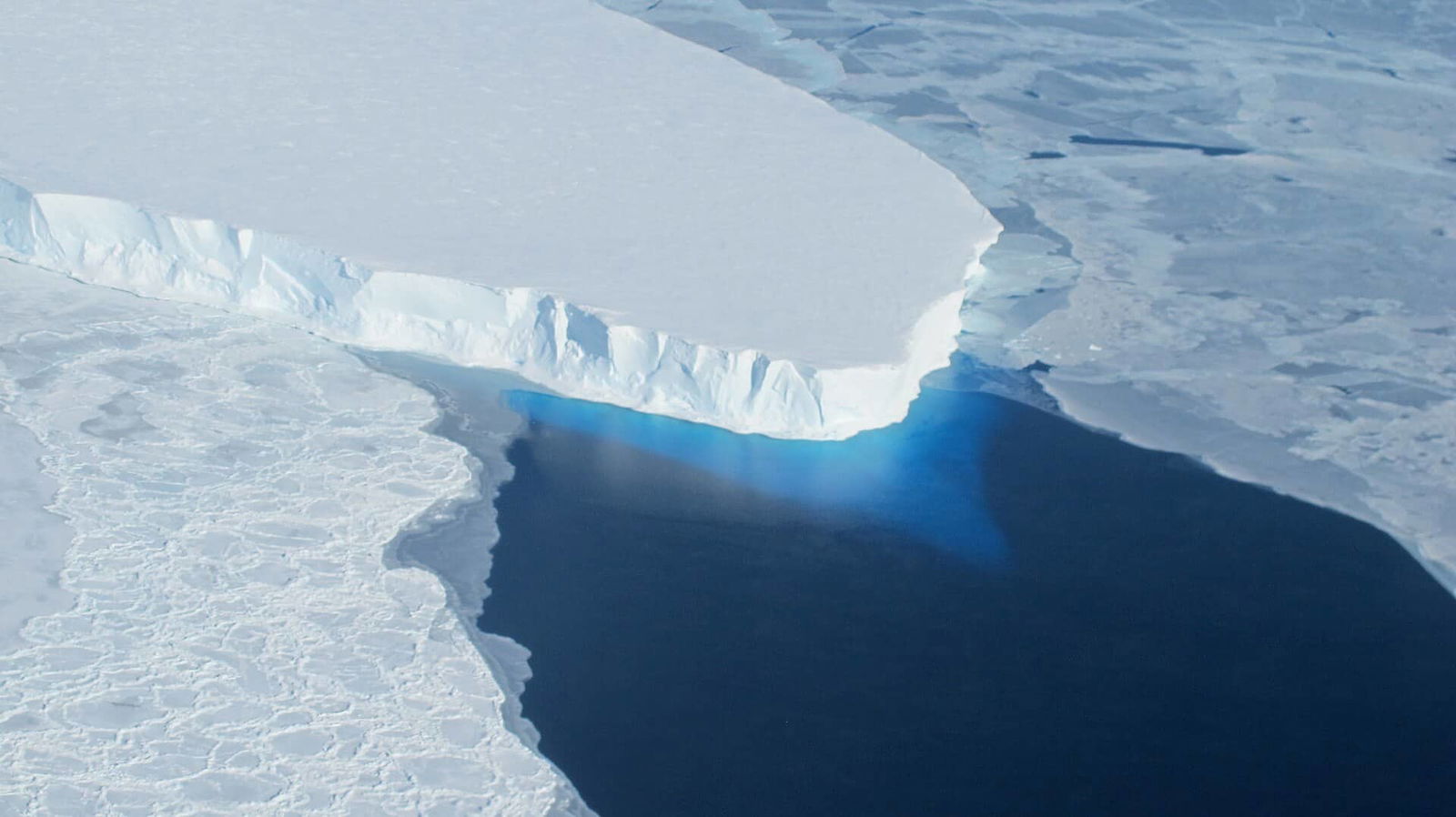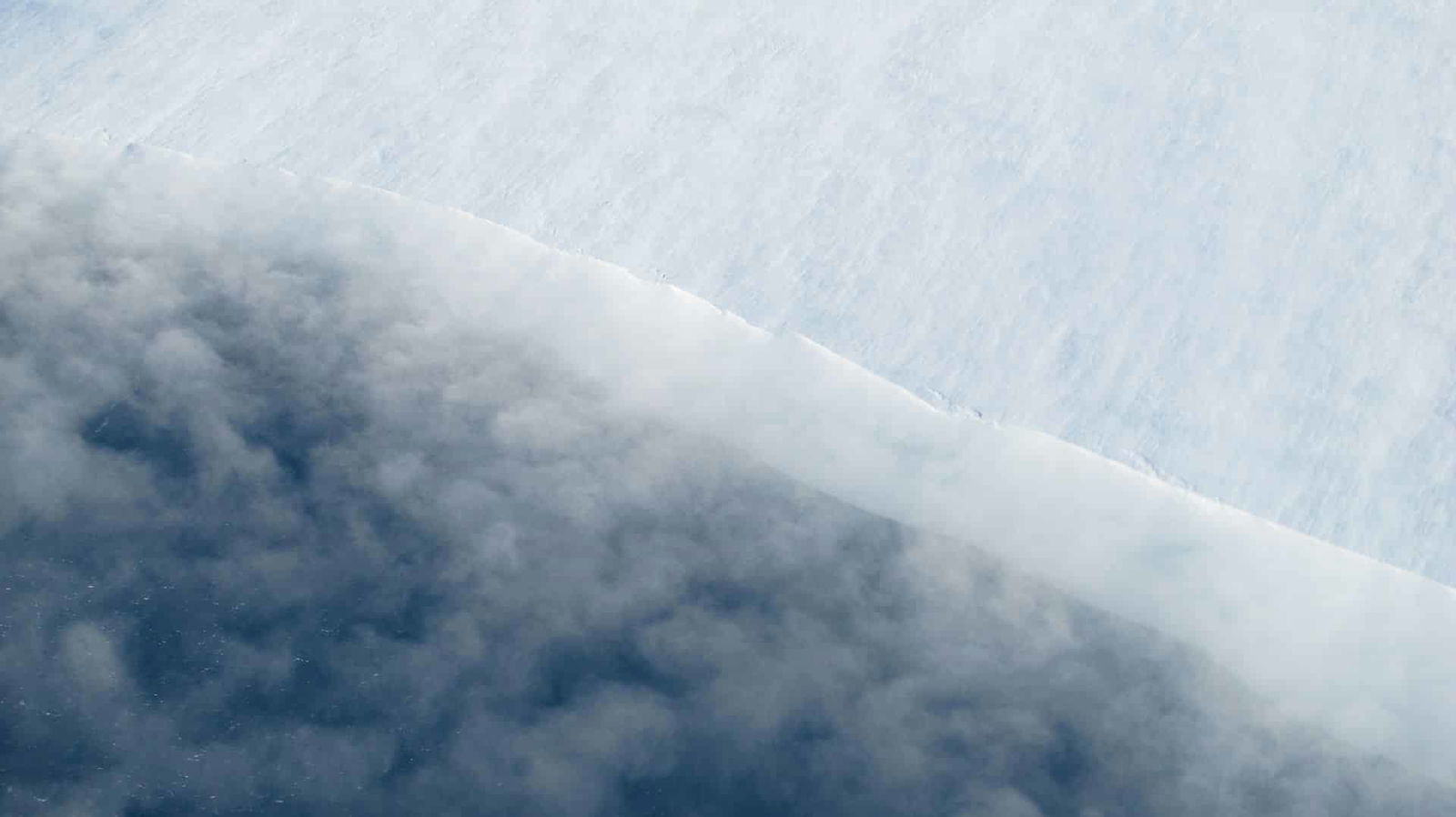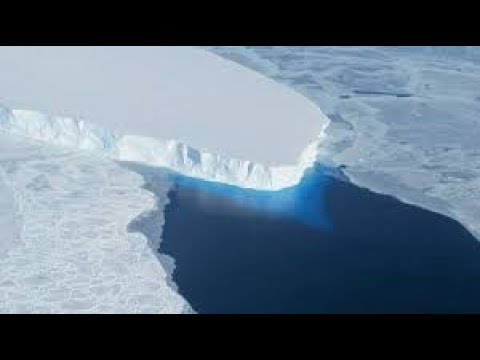The Thwaites Glacier, nicknamed the “Doomsday Glacier,” has scientists alarmed as it continues to recede. This massive ice sheet, comparable in size to Great Britain, is melting at an alarming rate, contributing significantly to rising sea levels.

Since 1850, the Earth’s temperature has steadily increased, with the effects of climate change becoming more apparent. Over the past decades, the amount of ice from Doomsday Glacier flowing into the sea has doubled, worsening the situation.

This glacier is responsible for a large portion of the 4.6mm global sea level rise per year. Projections suggest the complete or partial collapse of the West Antarctic Ice Sheet in the next few centuries.
Urgent intervention is required to slow this process, according to experts. This week, US and UK scientists are meeting to assess the latest data, hoping to develop more accurate predictions using underwater robotics and other advanced technologies.

If Doomsday Glacier fully collapses, global sea levels could rise by 3.3 meters, leading to catastrophic flooding, habitat destruction, and more frequent severe storms. Coastal areas like Hull, Portsmouth, and London would be among the hardest hit.

Dr. Rob Larter, a marine geophysicist at BAS, noted that Thwaites’ retreat has accelerated over the past 80 years. Dr. Ted Scambos echoed these concerns, emphasizing that computer models suggest accelerating ice loss that could lead to the collapse of the West Antarctic Ice Sheet by the 23rd century.
Immediate climate action could help delay these devastating effects, particularly by moderating the inflow of warm ocean water that is driving the glacier’s retreat.

